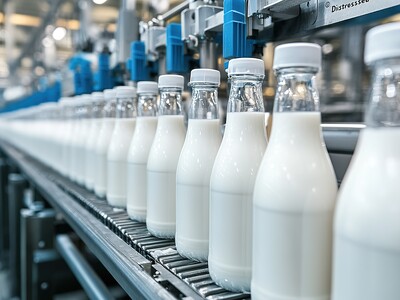Colorado River water shortage
The Interior Department last month declared the first ever Colorado River water shortage resulting in further water allocation cuts for farmers and ranchers. Farm Bureau Associate Economist Danny Munch says a shortage is declared when Lake Mead at Hoover Dam falls below water elevation of 1075 feet, defined as tier one.“As of last week, the elevation was 1068 feet, or 35 percent of the total capacity of Lake Mead. An important distinction here though is that Arizona and Nevada were already in drought contingency plans, which is not an official shortage but includes mandatory cuts.”
Under the regulations, Arizona will lose 18 percent of its water allocation and Nevada will lose about seven percent.
“And combined, those states generate over six billion in agricultural receipts, including 1.1 billion in cattle and calves, nearly one billion in dairy products and 3.5 billion in crops. Arizona on its own produces half of the nation's lettuce, 20 percent of the nation's spinach and a slew of other fruits and vegetables, and further cuts would really threaten the operations of thousands of farmers and ranchers across the region, especially as cuts seep into other states like California.”
Farmers in the Upper Basin are dealing with water cutbacks as well.
“The upper basin spans Wyoming, Colorado, Utah, New Mexico and a small northeast piece of Arizona. Lake Powell at Glen Canyon Dam has fortunately been able to remain above the minimum threshold limit of 3,525 feet, but that's still only 32 percent of its total capacity. And we know from our Farm Bureau survey that farmers and ranchers in the region are already dealing with reduced water deliveries and making pretty drastic operational changes to limit their water consumption.”

















